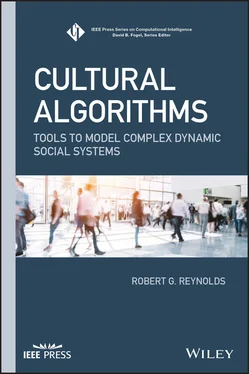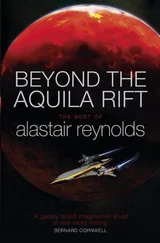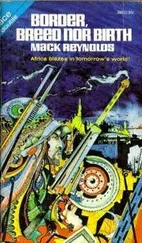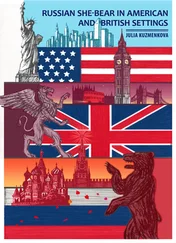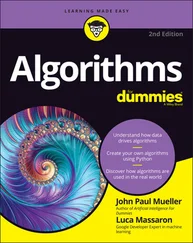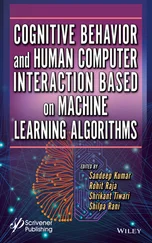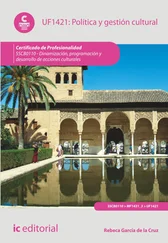Thus, the evolutionary learning process is viewed to be directed by an engine powered by the knowledge that is learned through the problem‐solving process. While the engine is expressed here in terms of Cultural Algorithm framework, it is postulated that any evolutionary model can be viewed to be powered by a similar type of engine.
Outline of the Book: Cultural Learning in Dynamic Environments
Earlier it was mentioned that one thing that differentiates Cultural Algorithms from other frameworks is that it is naturally able to cope with changes in its environment. In Engineering, dynamic environments are typically modeled in three basic ways. One approach is to take a general problem such as bin packing and make changes to that application problem over time. A second approach is to generate changes in a multidimensional fitness landscape over which the search problem is defined [7]. A third way is to use large‐scale problems whose solution takes place in multiple phases such as the design of a cloud‐based workflow system. In the design of a complex system such as this, the knowledge used in dealing with one phase may be different from the knowledge needed in subsequent phases.
The focus of this book is on the design of Cultural Algorithm solutions for the development of complex social and engineering systems for use in dynamic environments. Chapter 2introduces the Cultural Algorithm toolkit (CAT). That system contains a Cultural Algorithm that is connected to a dynamic problem landscape generator. The generator, the ConesWorld, is an extension of the work of Dejong and Morrison [7]. It was selected because its dynamics were described in terms of entropy, which makes it a good fit with the Cultural Engine model discussed above. It is written in Java and available on the website associated with the book. Examples of its application to problems in the simulated landscape along with some benchmark engineering design problems are presented.
A second feature of Cultural Algorithms mentioned earlier is their ability to provide a social context for an individual and facilitate the movement of knowledge through a network. Chapters 3and 4investigate the use of several knowledge distribution mechanisms using that platform. Chapter 3by Kinniard‐Heether et al. shows when an auction mechanism can be a useful tool in expediting the solution to optimization problems generated in the ConesWorld at different entropy levels. Al‐Tirawi et al. in Chapter 4investigates the extent to which allowing the knowledge sources' specific information about an individual's location in a social network can improve performance in dynamic problems with high entropy. The approach is called common valued auctions. The common value related to the shared knowledge that knowledge sources have about the location of individuals in a network. The Common value approach is then applied to ConesWorld landscape sequences that range from low entropy to highly chaotic systems.
Auctions can be viewed as competitive games, but the strategies available to bidders are by definition limited. In Chapter 5, Faisal Waris et al. investigate the use of competitive and cooperative games in CA problem solving. First, examples are presented within the ConesWorld environment and compared with other knowledge distribution mechanisms. The latter half of the paper investigates the use of a CA in the design of a real‐world application for autonomous vehicles. The real‐world system to be designed is an Artificial Intelligence pipeline for a pattern recognition component. Such pipelines consist of a series of components, and each of the components is tuned initially by their manufacturer. However, when placed within a pipeline, the parameters for all of the participating stages need to be tuned to optimize pipeline execution. Such pipelines can consist of 50 or more stages. In the paper, it is shown that the CA that uses a competitive game framework provides a statistically more efficient solution than alternative approaches. In addition, maps of how knowledge sources that are distributed within a successful network are provided. Unsuccessful networks are more conservative with more homogeneous regions and possess overall less diversity in their distributions than those produced with games.
As stated earlier, another feature of Cultural Algorithms is their ability to produce effective designs of networks for team‐based systems. The next two chapters focus specifically on team‐based design. Chapter 6by Kobti et al. describes the use of Cultural Algorithms in the design of a variety of real‐world networks. They are interested in how CAs can be applied to the team formation problem, TFP. The TFP is in general NP‐hard. Efficient team formation is key to the success of large‐scale industry projects that employ a number of different individuals, each with their own expertise and skills. The first example used is a coauthorship network in which individuals collaborate to produce a specific product or outcome. A second example application is that of a palliative care network, where a team of healthcare providers are networked with each other and a number of patients. Cultural Algorithms are shown to be advantageous in each of these cases in comparison to traditional techniques in terms of producing efficient solutions to each of these different problems.
Chapter 7by Ali et al. addresses the design of a competitive robot soccer team. It employs a population model based on Evolutionary Programming (EP) to evolve offensive and defensive strategies. First, Evolutionary Programming and Genetic Algorithms were each used to develop the offensive and defensive skills of a team. Next, EP was embedded into a CA as the population component. As it turned out, the CA enhanced the EP to beat both the unenhanced EP and GA teams as well as a hard‐coded default team. In other words, it was able to produce an increase in team performance beyond that of a human expert and was able to beat the unenhanced versions as well.
The following two chapters focus on the use of Cultural Algorithms in the solution of multiobjective problems. Chapter 8by Kattan et al. employs Cultural Algorithms to assess the impact that climate change has on artisanal offshore fishing in Peru. Artisanal fishermen of the Pacific coast of Peru use traditional equipment to catch fish, unlike the large‐scale deep sea vessels. Marcus [8] collected the data for all fishing trips, over 6000, conducted from a specific coastal Peru port, Cerro Azul. During this period, the ecosystem was affected first by warming of the waters due to an El Nino, then by a subsequent cooling called La Nina, and finally a back to normal phase. A biobjective model of fishing behavior was produced that traded off quality catches versus investment in resources. On the one hand, a goal is to produce the highest payoff in terms of quality catches. On the other hand, since each fisherman is an independent producer, the goal is to minimize the resources needed to produce catches.
Pareto fronts were produced for each of the three phases and the results analyzed and compared statistically by a parallel Cultural Algorithm, CAPSO. CAPSO is short for Cultural Algorithm Particle Swarm Optimizer. The results indicate that the changes in the ecosystem produced by the warming and cooling of the regional waters resulted in statistically significant changes in the fishing behavior of the individual fishing agents. In the El Nino phase, individuals favored catch quality over resource investment. In the La Nina phase, they emphasized resource investment to insure producing any catch at all. The back to normal phase produced a more balanced set of fronts that represented the knowledge obtained over hundreds of year of fishing in the area, now that the requisite food chains were back to normal.
Читать дальше
